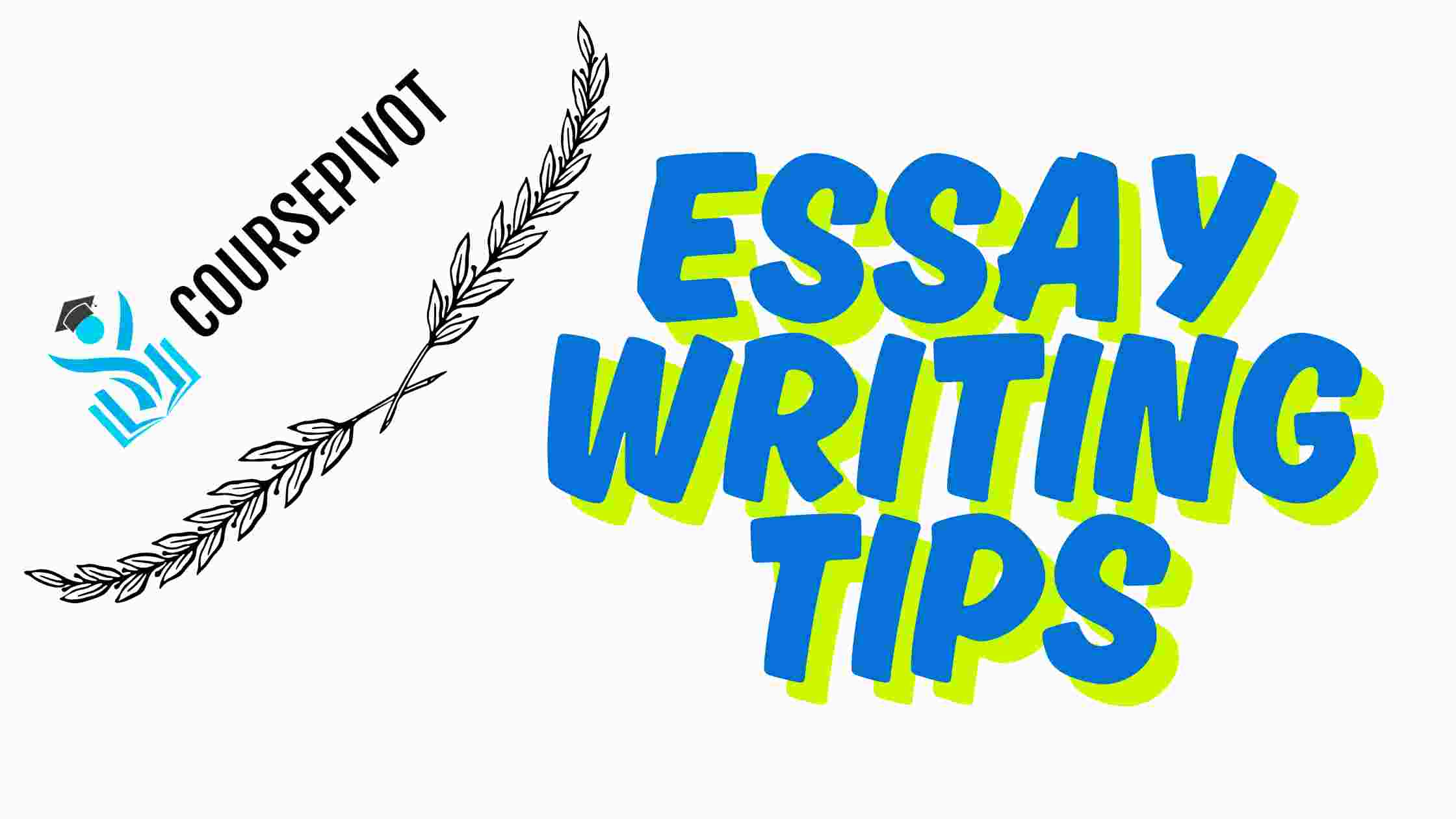How to Critically Analyze a Research Paper

Simply reading a research paper isn’t enough in the academic world. To engage deeply with the material and contribute meaningfully to your field, you need to analyze the research paper critically. This involves more than just understanding the content; it requires a thorough review of the research’s methodology, findings, and implications.
In this blog, we’ll guide you step-by-step through how to critique a research paper, giving you a solid framework to analyze research with confidence. We’ll even include a free sample approach to get you started.
Why is Critical Analysis Essential?
Critical analysis is a vital skill for students, researchers, and academics. It allows you to:
- Evaluate the validity of findings: Determine if the conclusions are supported by the evidence.
- Identify strengths and weaknesses: Recognize strong points and areas for improvement in the research.
- Understand the authors’ contributions: Assess the originality and significance of the research.
- Inform your own research: Learn from others’ methodologies and limitations to improve your own work.
- Engage in scholarly discourse: Contribute to meaningful academic debates and discussions.
A Step-by-Step Guide to Critically Analyzing a Research Paper
Here’s how you can approach the critical analysis of a research paper:
1. Initial Reading and Understanding
- Read Actively: Engage with the text, highlighting key points and taking notes.
- Identify Core Components: Understand the research question(s), methodology, results, and conclusions.
- Clarify Unfamiliar Terms: Look up any concepts that are unclear.
- Grasp the Big Picture: Identify the main argument or finding and the problem the paper addresses.
2. Evaluating the Introduction
- Context and Background: Is the background relevant and adequate? Does it lead clearly to the research question?
- Statement of the Problem: Is the problem clearly stated and its significance established?
- Research Questions and Objectives: Are the research questions specific and answerable? Are the objectives aligned with these questions?
- Hypotheses (if applicable): Are the hypotheses logically derived and testable?
3. Scrutinizing the Literature Review
- Relevance and Comprehensiveness: Does the review cover key studies in the field? Are there any key studies missing?
- Synthesis and Critical Analysis: Does the author simply summarize previous work, or do they analyze and critique it?
- Identification of Gaps: Does the review highlight the gap the research aims to fill?
- Logical Flow: Is the review logically organized and does it lay a solid foundation for the study?
4. Deconstructing the Methodology
- Research Design: Is the design appropriate for the research question? Are its limitations acknowledged?
- Participants/Subjects: Are the participants well-described? Is the sample size appropriate?
- Data Collection Instruments: Are the tools used to collect data valid and reliable?
- Data Collection Procedures: Are the procedures clear and replicable? Were ethical concerns addressed?
- Data Analysis Techniques: Are the analysis techniques appropriate and correctly applied?
5. Examining the Results Section
- Clarity and Objectivity: Are the results clearly presented and objective?
- Completeness: Are all findings related to the research questions presented?
- Statistical Significance (if applicable): Are statistical tests used correctly and interpreted clearly?
6. Assessing the Discussion and Conclusion
- Interpretation of Findings: Are the findings interpreted accurately? Are alternative explanations considered?
- Relationship to Previous Research: Do the authors compare their findings to prior research?
- Limitations of the Study: Are the limitations of the study discussed openly?
- Implications and Future Research: Are the implications for practice and further research clearly stated?
- Overall Conclusion: Does the conclusion summarize the key findings and address the research questions?
7. Evaluating Overall Structure and Writing Quality
- Organization and Flow: Is the paper logically organized and easy to follow?
- Clarity and Conciseness: Is the writing clear, concise, and free from jargon?
- Grammar and Spelling: Is the paper free of errors?
- Adherence to Style Guidelines: Does the paper follow the required citation and formatting style?
Free Sample Approach: Focus on One Section
Check a journal article critique sample here.
If you’re new to critical analysis, start by focusing on one section of the paper at a time. For example, you could begin by critically reviewing just the methodology. This method allows you to practice your analytical skills without being overwhelmed by the entire paper.
Key Questions to Guide Your Analysis
As you read and critique, keep these key questions in mind:
- What was the purpose of this study?
- What were the main findings?
- How strong is the evidence supporting these findings?
- What are the strengths and weaknesses of the research?
- How does this research contribute to the field?
- What are the implications of this research?
Becoming a Discerning Reader
Learning how to critique a research paper is an ongoing process. By methodically working through each section, asking critical questions, and practicing your analytical skills, you’ll become a more discerning reader and an effective contributor to your field. Remember, critical analysis isn’t just about finding fault—it’s about engaging deeply with the research and evaluating its contribution to knowledge in a thoughtful, constructive way.
How to Critique a Research Paper
| Part of Critique | What is Included |
|---|---|
| Part 1: Summary Paragraph | – Thesis Statement: Clear and compelling thesis that encapsulates the main argument. – Concise Summary: Brief overview of the author’s main points, methodology, and key findings. – Focus on Essence: Highlight the article’s significance and contribution to the field. – No personal pronouns. |
| Part 2: Analysis of Author’s Key Points | – Critical Evaluation: Analyze the author’s arguments, evidence, and methodology. – Strengths and Weaknesses: Discuss what the article does well (e.g., sound methodology, compelling evidence) and areas for improvement (e.g., methodological flaws, biased data). – Clarity and Logic: Evaluate the logical flow and clarity of the author’s arguments. – Support with Examples: Provide examples from the article to support the evaluation. |
| Part 3: Personal Response | – Personal Reflection: Share your reaction to the article. – Agreement/Disagreement: State your stance on the article’s arguments, providing reasons for your position. – Implications and Applications: Discuss the relevance or applications of the article’s findings. – Offer Insight: Share personal insights or how the article influenced your perspective. |
| Reference Page (APA Format) | – Full APA Citation: Provide the article’s citation in APA style. – APA Formatting: Follow guidelines for citation and formatting. |
Key Guidelines:
- Understand the Article: Read and comprehend the article thoroughly before critiquing.
- Focus on the Main Idea: Pinpoint the article’s central argument.
- Evaluate Evidence: Assess the quality and relevance of the evidence used in the article.
- Consider the Author’s Perspective: Understand and evaluate the author’s viewpoint.
- Maintain Objectivity: Avoid biased language and strive for objectivity in critique.
- Proofread: Ensure your critique is free of grammatical errors.
- Avoid Plagiarism: Always cite your sources and express ideas in your own words.
- Balance Criticism with Praise: Offer constructive feedback while acknowledging strengths.
- Consider the Audience: Evaluate how well the article reaches its intended audience.
You can pay someone to write your paper for you, and many students choose this option to ensure high-quality, timely submissions. Services like Coursepivot.com offer professional writing assistance for various types of papers, including essays, research papers, and dissertations.
By hiring an expert, you can save time and reduce stress while ensuring that your work is well-researched, properly formatted, and free from plagiarism. However, it’s important to choose a reputable service that guarantees original, high-quality content, such as Coursepivot.com, which employs experienced writers to meet academic standards.
Cite this article
You can copy and paste your preferred citation format below.
Martin, L. & Arquette, E.. (2025, April 9). How to Critically Analyze a Research Paper. Coursepivot.com. https://coursepivot.com/blog/how-to-critically-analyze-a-research-paper/



